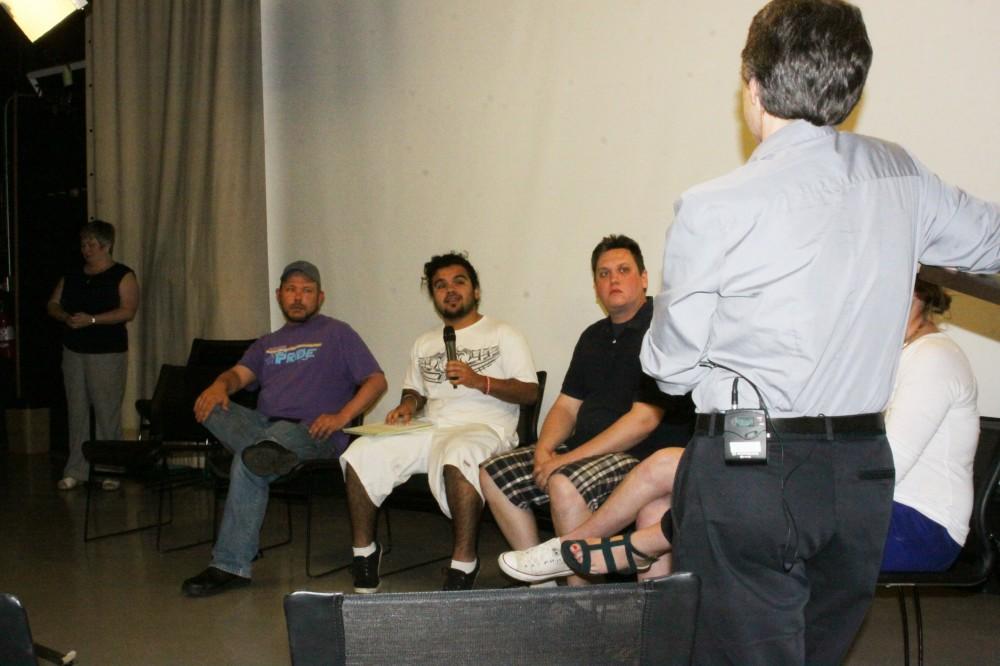
A panel of Chico State students told faculty on Friday in Meriam Library what they hope, expect and need from their teachers.
The What Does the 21st Century Student Want workshop was hosted by the Center for Excellence in Learning. Students shared the best way they learn, including repetition, teaching other students the content, learning by doing, working in groups and connecting with the teacher.
Joseph Rogers, a senior sociology major and paraprofessional in student organizations and leadership education, was among many students involved in the conversation.
“The moment it becomes personal, not just the test, students suddenly recognize that ‘Hey, this is what I need to be interested in,’” Rogers said.
The teacher is like a ring master, said Ras Smith, a senior media arts major. He used John Roussell, communication design professor, as an example.
Roussell is great at knowing when students are disengaged, and he can see the yawns going around the room, Smith said. The professor practices a “brain break” where the class stands up and moves around.
“We do some sort of physical exercise that breaks our concentration, which is weird, because we think, as a teacher, you wouldn’t want to break your students concentration,” Smith said. “But it’s really helpful because we stand up for a minute and a half, and when we sit down, everyone is refocused. It’s like a reset button.”
Daniel Thompson, a political science and history graduate student, has been in classes where teachers didn’t allow computers, and it was difficult for him to take notes quickly.
“I don’t see why WiFi should be on when teachers are lecturing, because the note-taking abilities of the computer aren’t affected by the Internet,” Thompson said. “I’m not saying the Internet shouldn’t be used in the classroom. Of course it should be, and teachers utilize it great, but I don’t understand why students have WiFi access.”
Katelyn Allen, a senior English education major and Center for Excellence in Learning assistant, finds it crucial to have positive and efficient feedback when it comes to writing papers.
“Many teachers do the ‘X’ everywhere, comments everywhere,” Allen said. “What does that ‘X’ mean? What are all these red marks for? Where’s the commentary of ‘You’re not wrong, but why don’t you talk a little bit about this more?’”
Amanda Hovik can be reached at [email protected] or @AmandaHovik on Twitter








